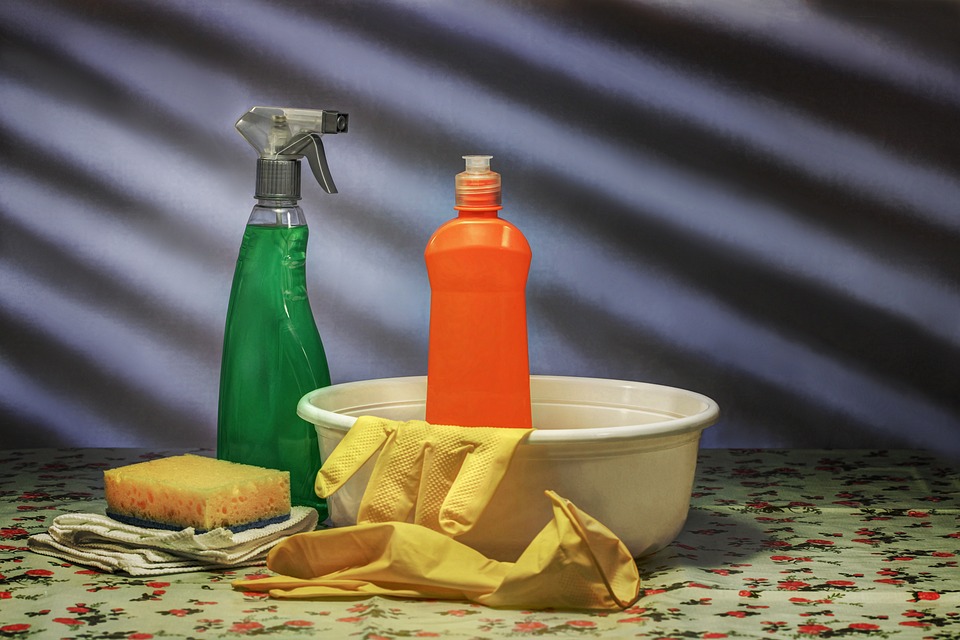Every wet season Territorians are threatened by mould taking over their homes and the health risks that come with it.
If mouldy materials are not removed or properly cleaned, high levels of airborne mould spores may be bad for your health.
You can be exposed by eating, inhaling or touching mould spores.
NT Director of Environmental Health Tracy Ward says mould can trigger asthma attacks, and make other respiratory conditions worse.
“The most common is respiratory symptoms are a stuffy noses, irritated eyes, wheezing and occasionally you’ll get skin irritations,” she says.
Ms Ward says ventilation is key when trying to eliminate mould.
“It’s probably best to start with how you can prevent mould from getting into your house and that’s by having good ventilation,” she says.
“So if you can leave your fans on, or when weather is permitting, open up your windows to promote cross ventilation.
“For routine cleaning we suggest that you use either a mild detergent or vinegar diluted in water and if its not readily removed by that, then we suggest using diluted bleach, but obviously making sure you are using gloves.”
Children, pregnant women, those aged over 65 and immune-compromised people should avoid cleaning mould all together.
You can also follow these steps if you see mould spreading through your home.
Step 1: clean
Clean one room at a time. You should use two buckets, one for rinse water and the other for the cleaner. This keeps most of the dirty rinse water out of your cleaning solution.
Rinse out your sponge, mop or cleaning cloth in the rinse bucket. Wring it dry and keep it rolled up tight when you put it in the cleaner bucket.
Step 2: disinfect
Disinfect surfaces with a disinfectant product.
Or you can use half a cup of household chlorine bleach in 10 litres of water.
Step 3: drying
Open the doors and windows and let the house air out.






